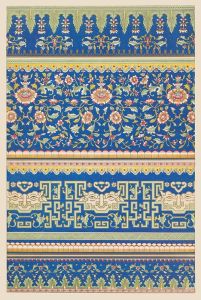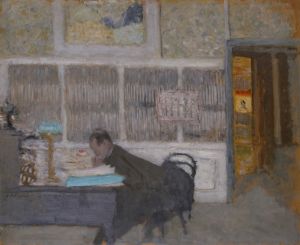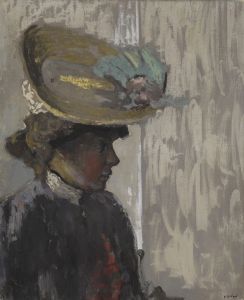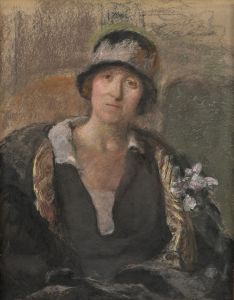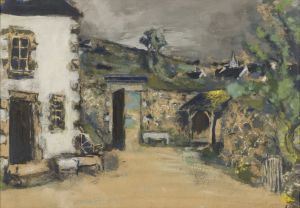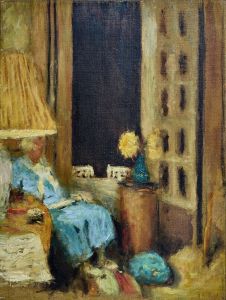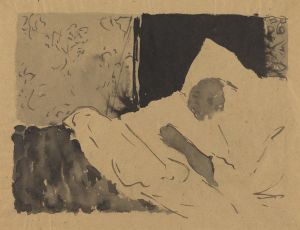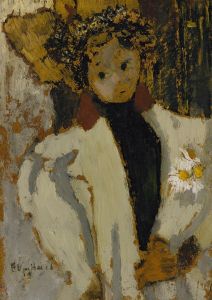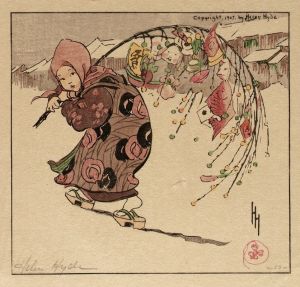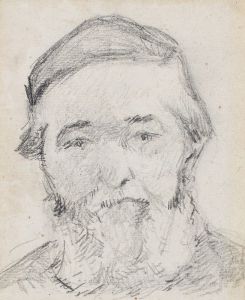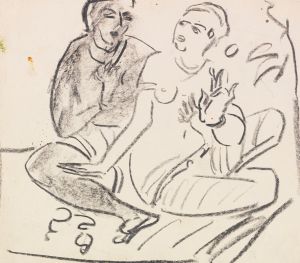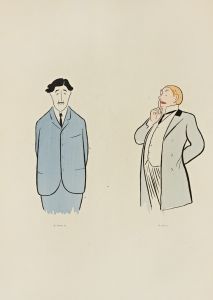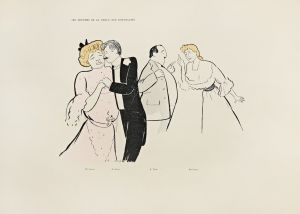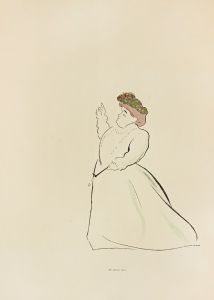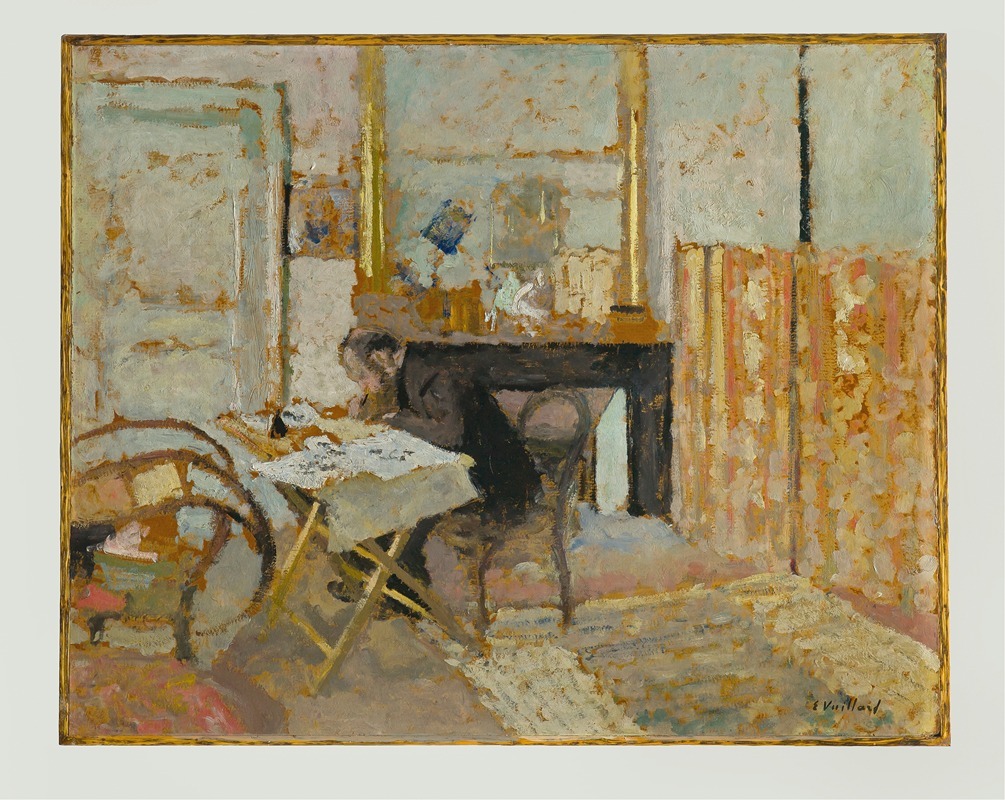
Ker-Xavier Roussel
A hand-painted replica of Édouard Vuillard’s masterpiece Ker-Xavier Roussel, meticulously crafted by professional artists to capture the true essence of the original. Each piece is created with museum-quality canvas and rare mineral pigments, carefully painted by experienced artists with delicate brushstrokes and rich, layered colors to perfectly recreate the texture of the original artwork. Unlike machine-printed reproductions, this hand-painted version brings the painting to life, infused with the artist’s emotions and skill in every stroke. Whether for personal collection or home decoration, it instantly elevates the artistic atmosphere of any space.
Édouard Vuillard's painting "Ker-Xavier Roussel" is a portrait of the French painter Ker-Xavier Roussel, a close friend and artistic collaborator of Vuillard. Both artists were members of the Nabis, a group of Post-Impressionist painters active in the late 19th century who sought to synthesize art and life through decorative and symbolic approaches to painting. The Nabis were heavily influenced by Paul Gauguin and Japanese prints, and their work often emphasized flat planes of color, bold outlines, and a focus on emotional or symbolic content.
Vuillard painted this portrait during a period when he was deeply involved in the Nabis movement. Known for his intimate and atmospheric works, Vuillard often depicted his friends, family, and domestic interiors, blending personal relationships with his artistic practice. The portrait of Roussel reflects Vuillard's characteristic style, with its subtle use of color, texture, and a focus on the psychological presence of the sitter.
Ker-Xavier Roussel, the subject of the painting, was also a prominent member of the Nabis and shared Vuillard's interest in decorative art and symbolism. Roussel is best known for his pastoral and mythological scenes, which often featured dreamlike landscapes and figures. The friendship and collaboration between Vuillard and Roussel were significant in shaping the artistic direction of both painters during their time with the Nabis.
The exact date of the painting is not definitively documented, but it is believed to have been created during the height of the Nabis movement in the 1890s. The work exemplifies Vuillard's ability to capture the essence of his subjects while maintaining a sense of intimacy and immediacy. The portrait is notable for its muted palette and the interplay of light and shadow, which create a contemplative atmosphere.
As with many of Vuillard's works, "Ker-Xavier Roussel" demonstrates the artist's skill in merging the personal and the artistic, offering a glimpse into the close-knit world of the Nabis. The painting serves as both a tribute to Roussel and a reflection of the shared ideals and aesthetics that defined the group. Today, the work is appreciated as an important example of Vuillard's portraiture and his contribution to the development of modern art.





